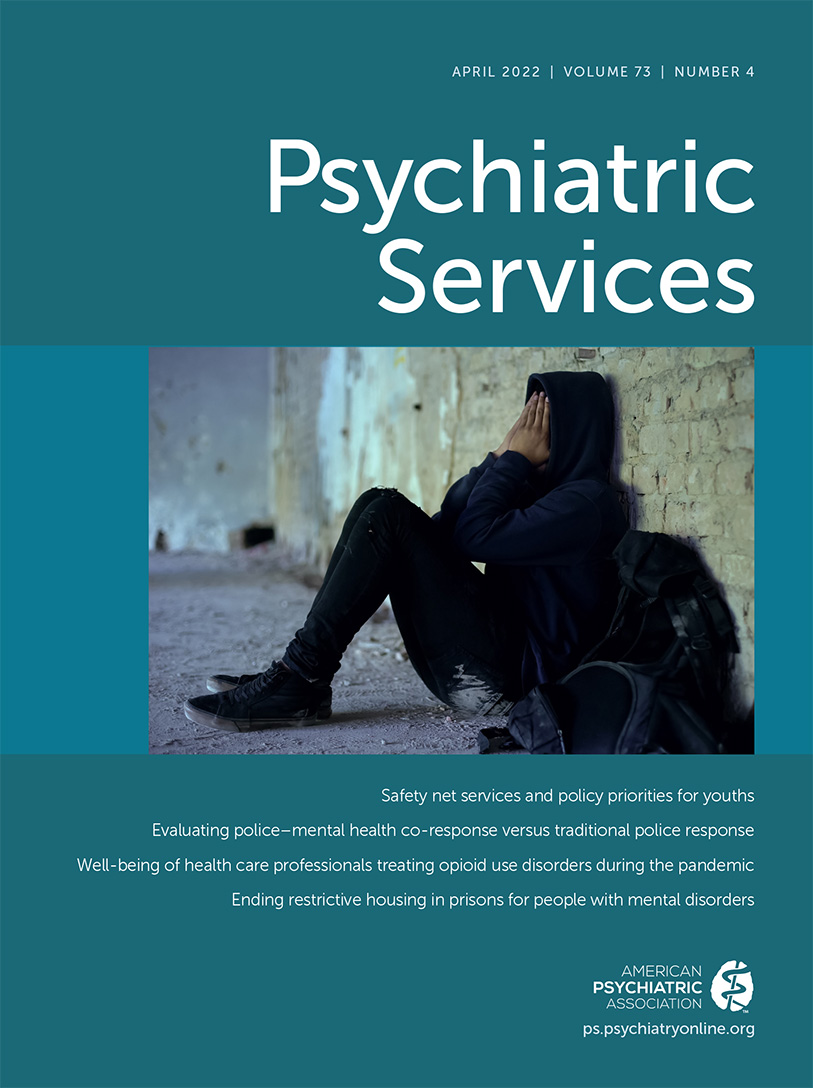Risk and Resilience Factors for Youth Homelessness in Western Countries: A Systematic Review
Abstract
Objectives:
The experience of homelessness for young people can affect social, emotional, and physical development, resulting in poorer physical and mental health outcomes. To reduce rates of youth homelessness, a better understanding of both risk and resilience is needed to inform future intervention development. This article presents a systematic review of published research reporting risk or resilience factors related to homelessness among young people in Western countries.
Methods:
After thorough examination for inclusion criteria, 665 abstracts of peer-reviewed quantitative studies of risk or resilience factors for homelessness among young people (ages 0–25) that included an adequate comparison group (e.g., not homeless) were selected. After abstract and full-text screening, 16 articles were reviewed. A primary prevention framework was used to create an explanatory model for the onset of homelessness using risk and resilience factors.
Results:
Common risk factors for youth homelessness included difficulties with family, mental health or substance use problems, a history of problem behaviors, a history of foster care, homelessness as a child, and running away. Common protective factors included a supportive family, a college education, and high socioeconomic status. Findings were integrated into a provisional developmental model of youth homelessness risk. Clinical implications of the model for service development are discussed, and a model for monitoring homelessness risk and resilience factors is proposed.
Conclusions:
Factors affecting homelessness risk among youths and adults differ, with family, foster care, and schooling playing a much more important role among youths. Findings highlight opportunities for youth homelessness prevention strategies and monitoring.



